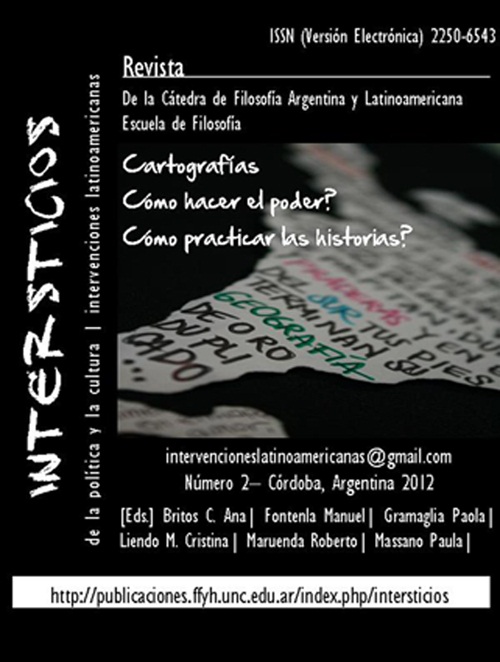DESENCANTAMIENTO DEL DERECHO MODERNO AL DERECHO POSTMODERNO: VISIBILIZACIÓN DE DERECHOS OTROS Y EL DERECHO COMUNITARIO
Abstract
RESUMEN
El documento presenta los procesos de “desencantamiento” de la sociedad y el derecho, evidenciando los desarrollos científicos y tecnológicos, que desde la primera revolución industrial han acompañado las transformaciones jurídicas, con nuevas respuestas, nuevos métodos, nuevas formas de operatividad jurídica. Indudablemente en este marco de convulsiones es difícil encontrar el núcleo que trasformara el deber ser del derecho, por ello se recorren las nuevas teorías del derecho, el derecho revolucionario, para concluir en un diálogo con el derecho comunitario y sus fuentes que surgen de una matriz diferente al derecho clásico occidental
CLAVES PALABRAS: Derecho, modernidad, postmodernidad, racionalidad, constituciones, Estado, giros jurídicos, derecho otro, derecho revolucionario, derecho comunitario, cosmovisión, fuentes.
ABSTRACT
This article presented the process of "disenchantment" of society and law evidenced by the scientific and technological developments, which since the first industrial revolution produced the legal changes, with new answers, new methods, news forms of legal operation. In this context of seizures is difficult to find the core that will transform what ought to be the law. Therefore, this article will explore the new theories of law and the revolutionary right for conclude in a dialogue with community law and its sources that arise from a different matrix Western classical law.
KEY WORD: Law, modernity, postmodernity, rationality, State, legal turns, Other Law, community law, revolutionary right, cosmology, sources alternative, alternative sources
Downloads
Downloads
Published
Issue
Section
License
Authors who have publications with this journal agree to the following terms:
a. Authors will retain their copyright and grant the journal the right of first publication of their work, which will simultaneously be subject to the Creative Commons Attribution License that allows third parties to share the work as long as its author and first publication in this journal are indicated.
b. Authors may adopt other non-exclusive license agreements for distribution of the published version of the work (e.g., deposit it in an institutional telematic archive or publish it in a monographic volume) as long as the initial publication in this journal is indicated.
c. Authors are allowed and encouraged to disseminate their work through the Internet (e.g., in institutional telematic archives or on their web page) after the publication process, which may produce interesting exchanges and increase citations of the published work (see The effect of open access).


